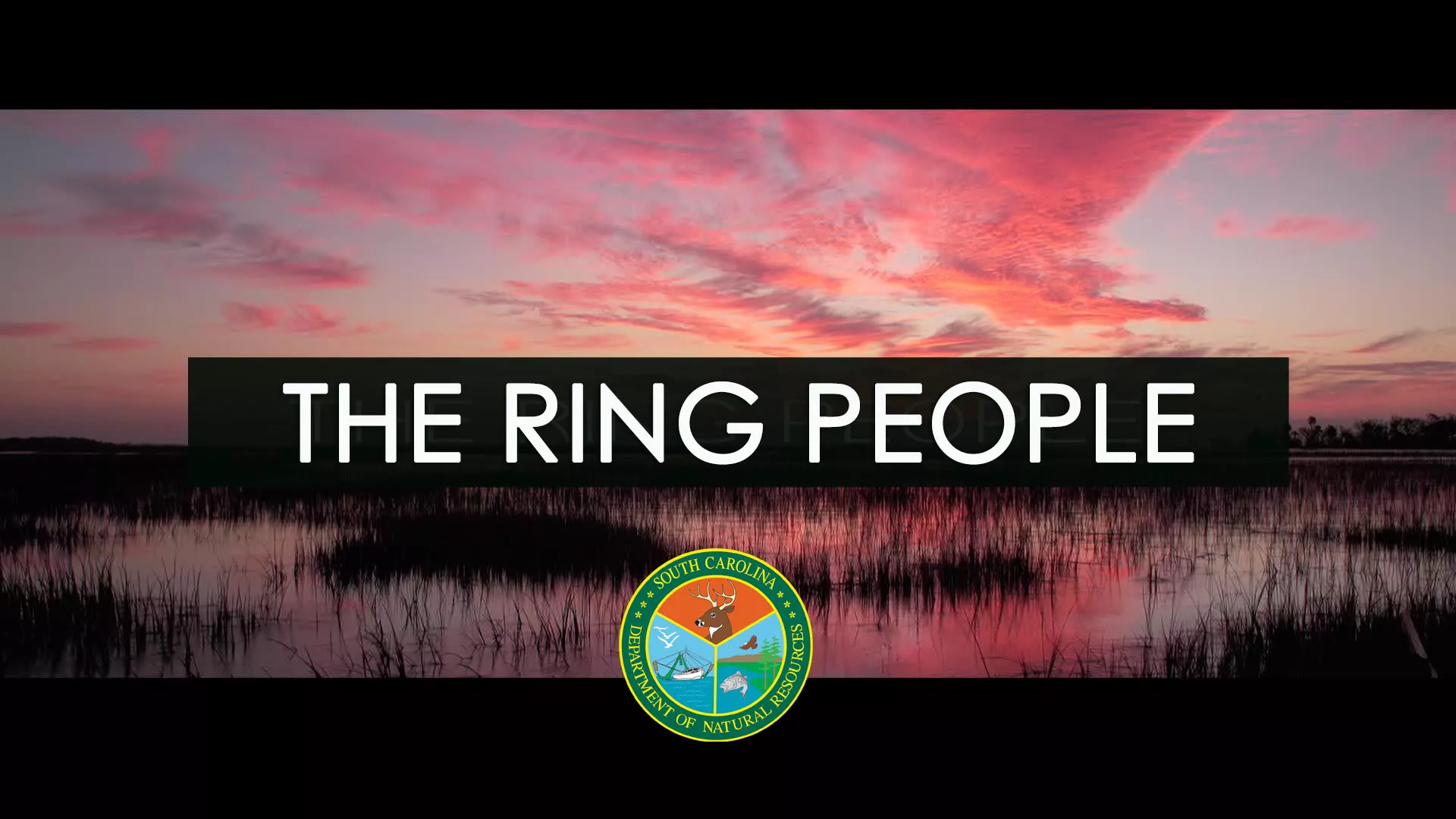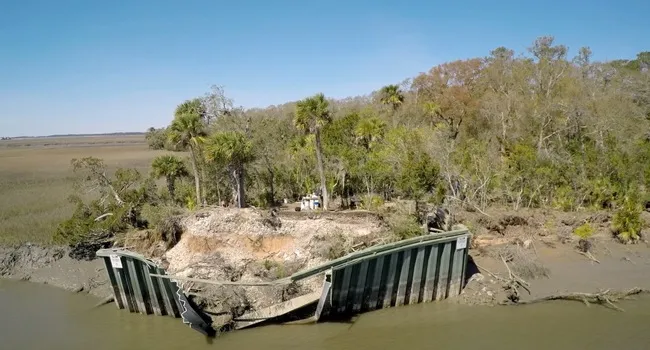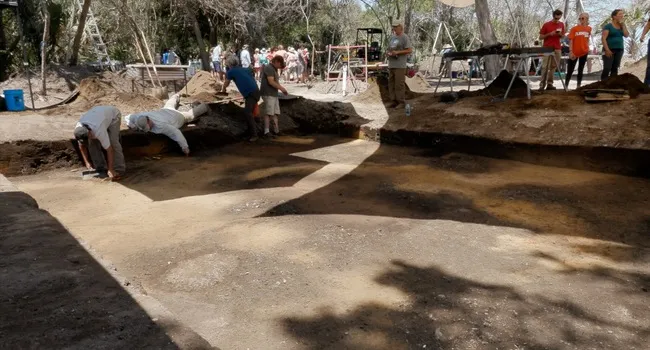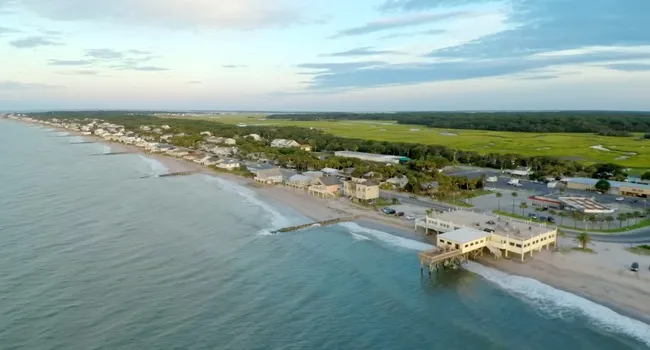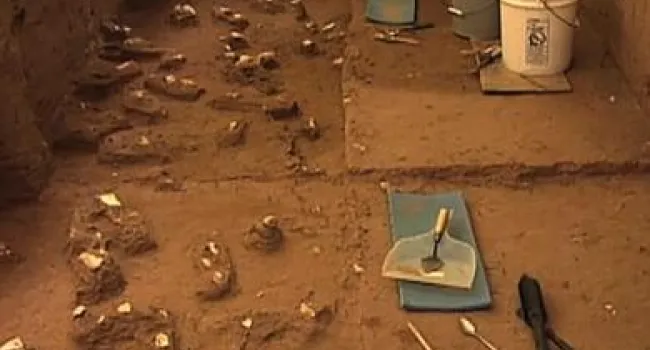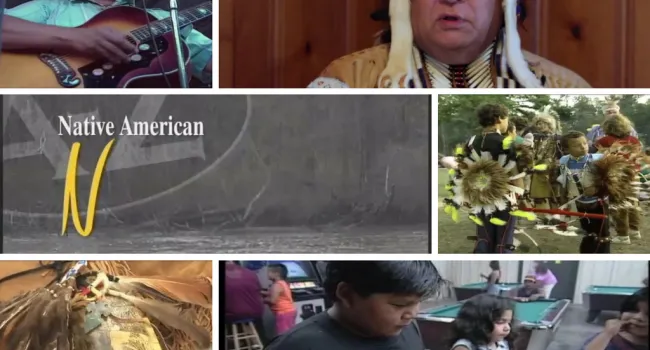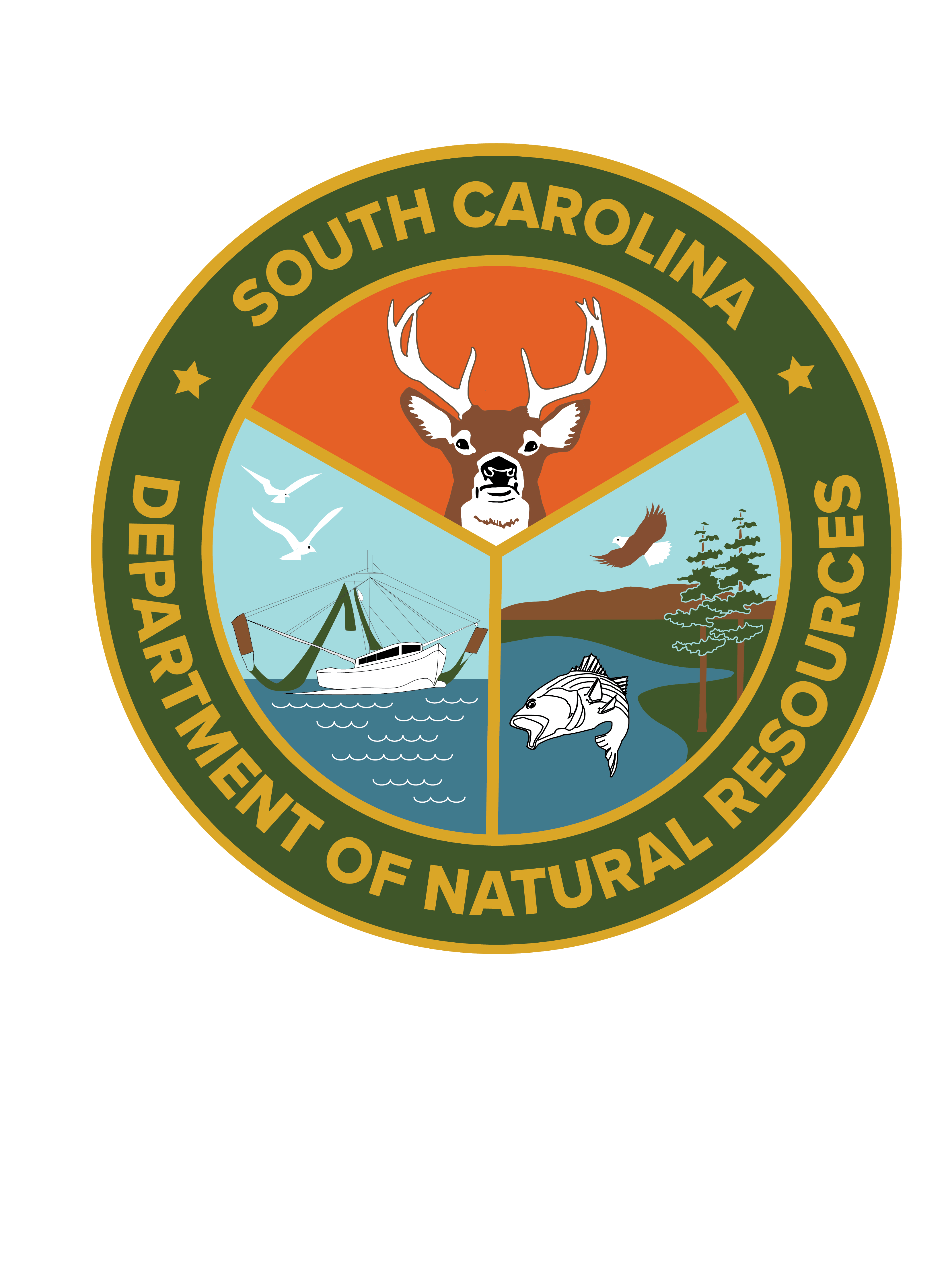
The Ring People
Episode
1
Video
Fig island is the largest most complex shell structure known. It’s a trio of rings constructed with oyster shell by American Indians some 4,000 years ago. Fig Island has National Landmark status. Now...